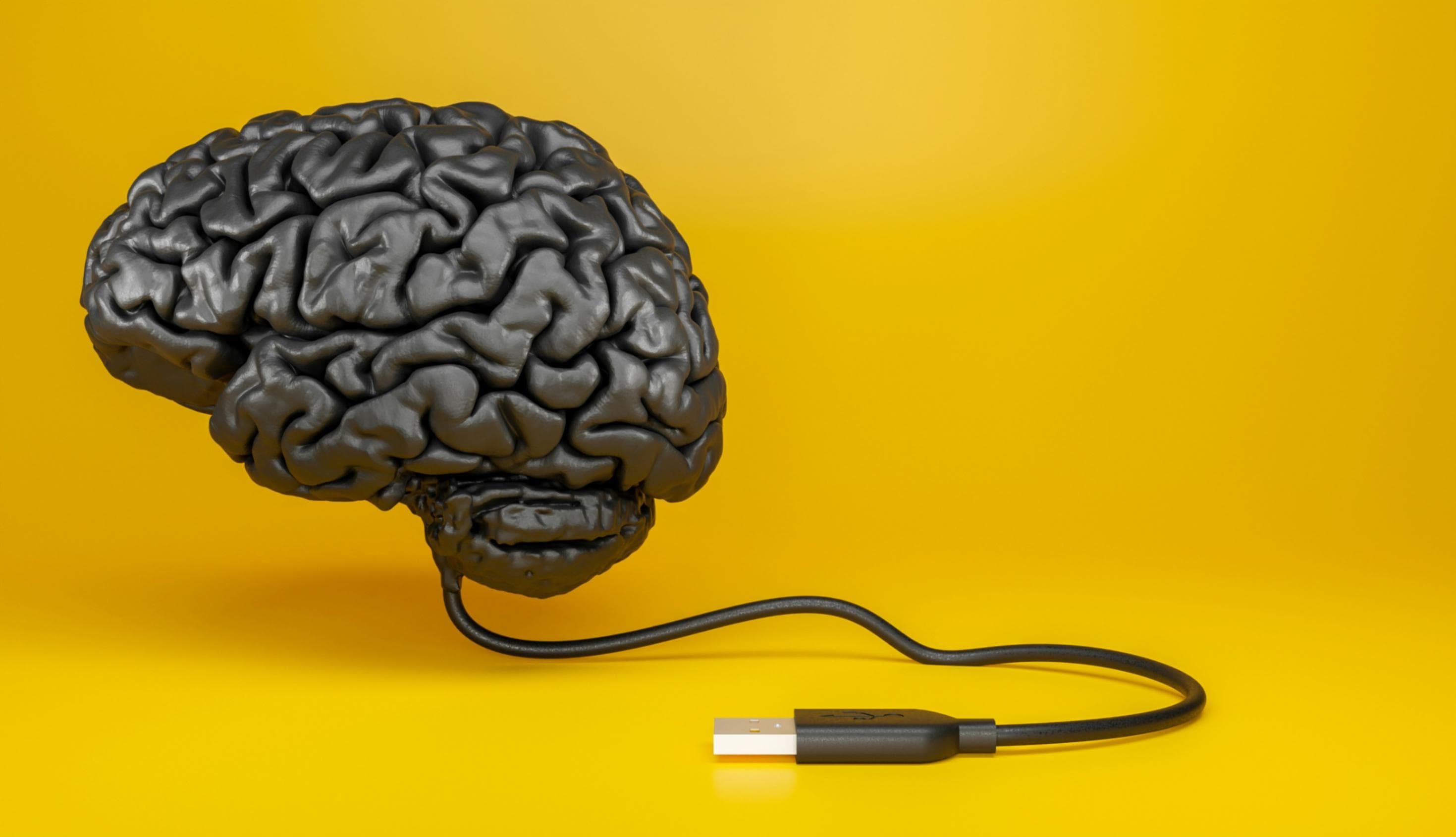
Data, Dilemmas, and Dignity: The Ethics of AI in Mental Health Services
Beyond the Algorithm: Ethical Integration of AI in Mental Health Services
Artificial Intelligence (AI) is becoming integrated in many industries and businesses at a rapid pace. This is also true for health care. The growing presence of AI in mental health care brings both excitement and caution. Tools like AI-driven screeners, virtual agents, and predictive analytics are emerging with promises to improve access, reduce administrative burden, and enhance client outcomes. But as we begin integrating these technologies into behavioral health systems, there are questions that must remain front and center: Are we doing this ethically? How deeply should it go - metrics, supportive chat, notes or records, real-time assessments?
As someone who has spent decades working in trauma-informed systems and leading mental health teams, I’ve seen how technology can either widen or narrow the gap in care—depending on how it’s used. The integration of AI shouldn’t be about efficiency alone. It must be rooted in transparency, inclusion, and the preservation of what makes our work meaningful: human connection.
Unconscious Bias, Embedded in Code
We know bias can show up in people, but it also shows up in code. Many AI systems are trained on historical data that reflect systemic disparities in health care—especially for BIPOC, LGBTQ+, and neurodivergent populations. In other words, what you put into it is what you get out. When you are consistently using outdated or biased information the responses will be built on that. If left unchecked, these tools could reinforce existing inequities rather than help solve them (O’Neil, 2016). The ethical mandate here is clear: those developing or purchasing AI tools must interrogate how these systems are trained, who benefits, and who might be unintentionally harmed.
Consent, Data, and the Human Element
Another area of conc
Read-Only
$3.99/month
- ✓ Unlimited article access
- ✓ Profile setup & commenting
- ✓ Newsletter
Essential
$6.99/month
- ✓ All Read-Only features
- ✓ Connect with subscribers
- ✓ Private messaging
- ✓ Access to CityGov AI
- ✓ 5 submissions, 2 publications
Premium
$9.99/month
- ✓ All Essential features
- 3 publications
- ✓ Library function access
- ✓ Spotlight feature
- ✓ Expert verification
- ✓ Early access to new features
More from Health and Mental Wellness
Explore related articles on similar topics





